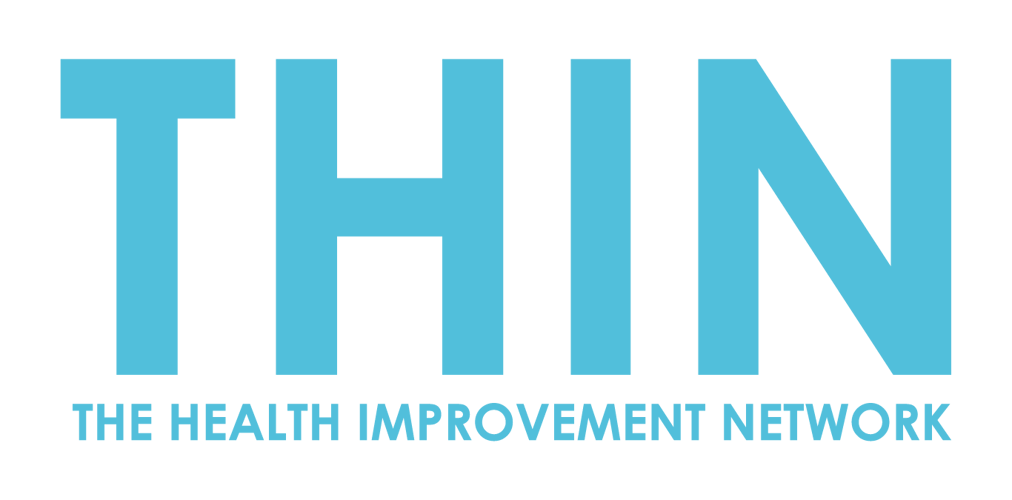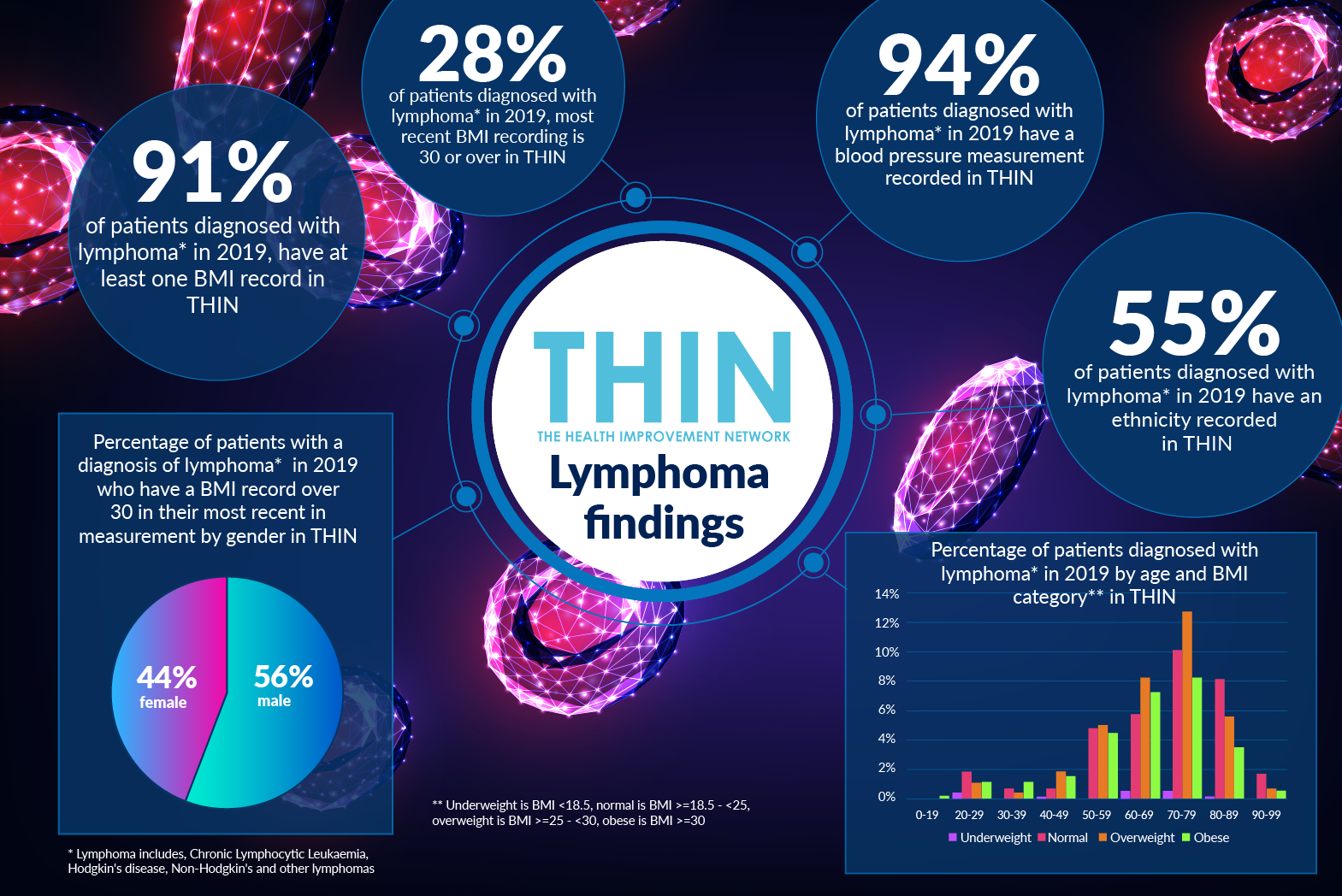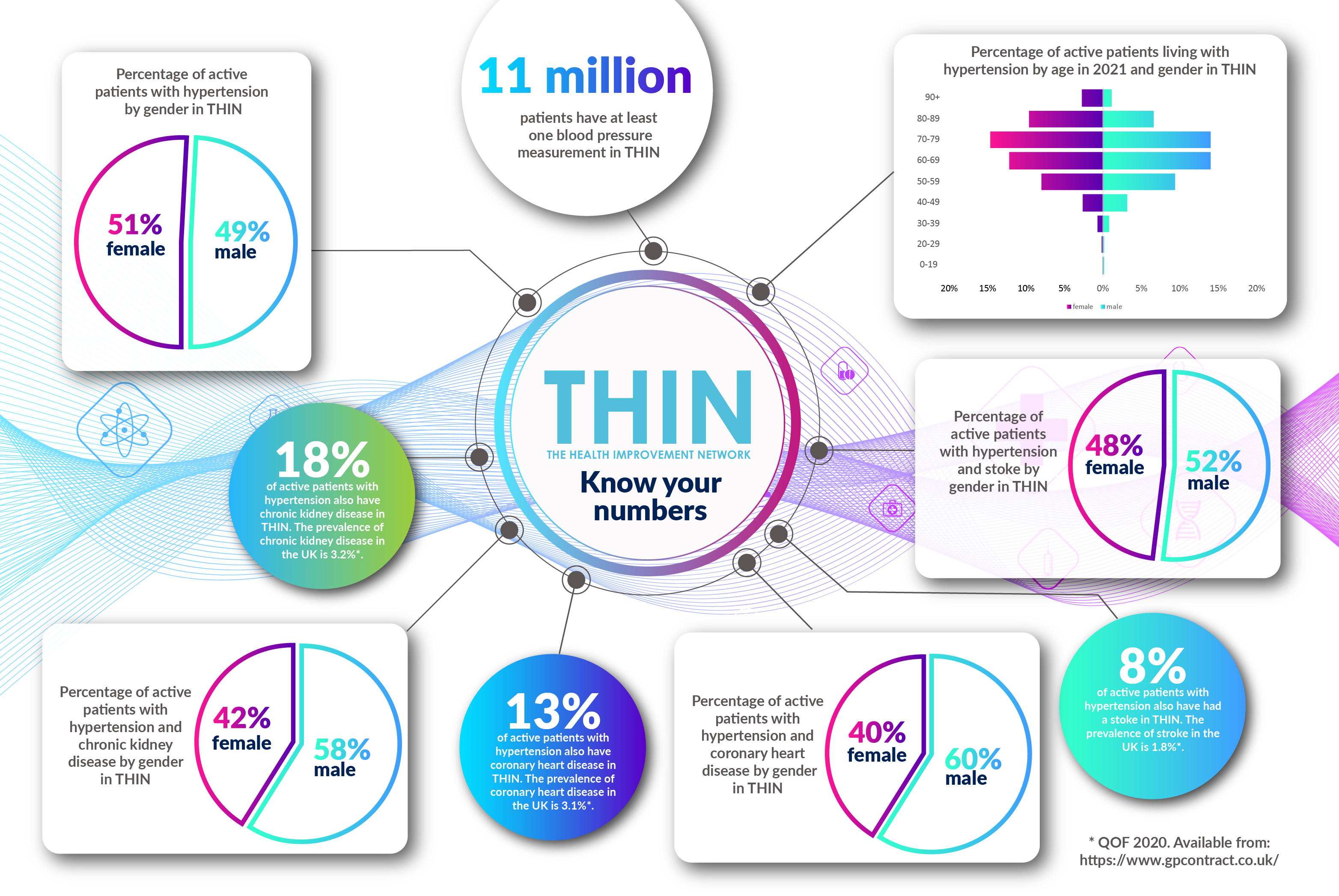Raising Awareness for Sickle-Cell Disease
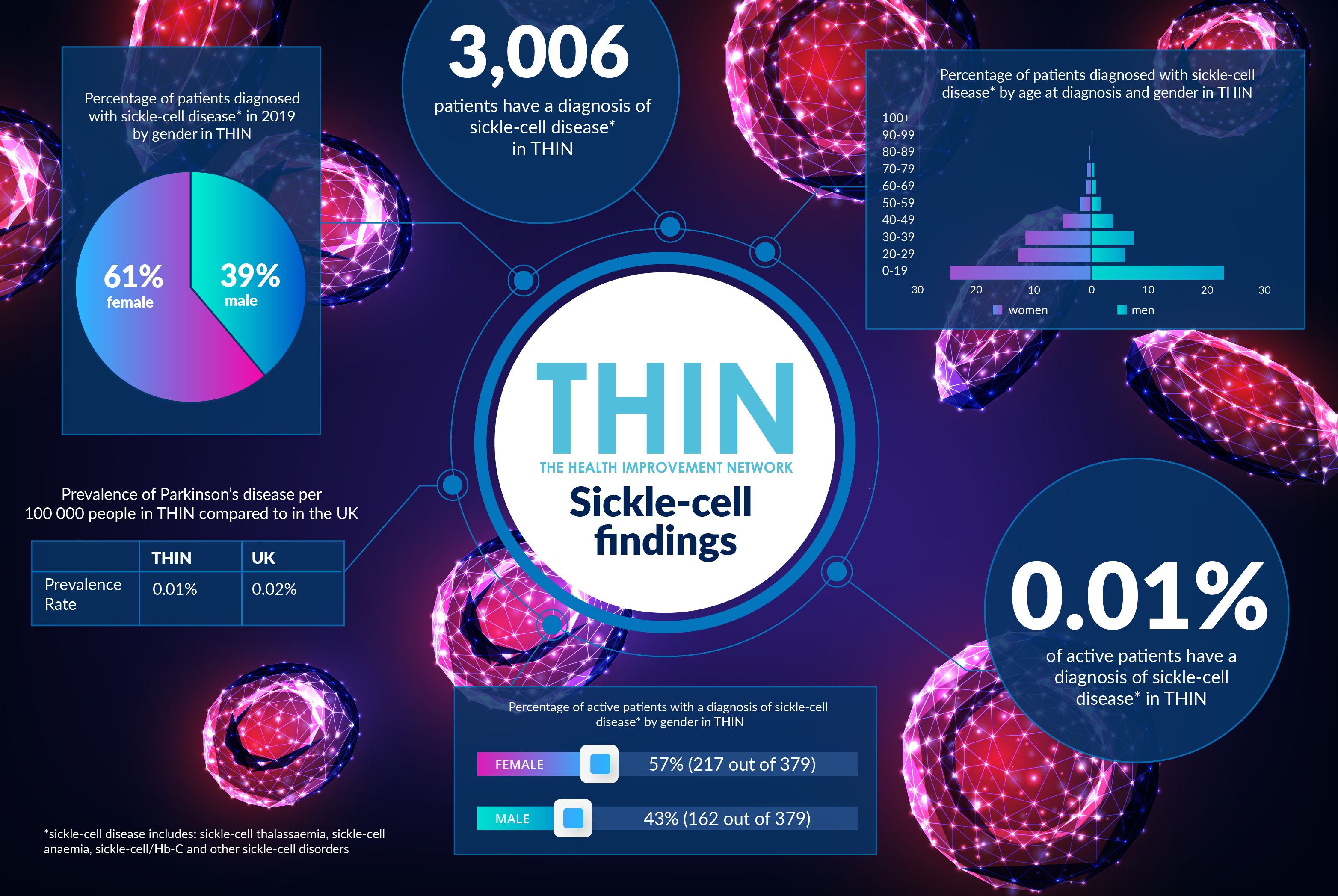
It is just over a decade since the United Nations General Assembly recognised sickle cell disease (SCD) as a public health problem and “one of the world’s foremost genetic diseases.” In 2020, the 15,000 people living with SCD in the UK are in the extremely vulnerable group required to shield during the COVID-19 pandemic.
While June 19th 2020 marks the 10th anniversary of World Sickle Cell Awareness Day, today, the only possible cure for the disorder is bone marrow transplant – an option limited to the few affected individuals who have a suitable donor. One drug, Hydroxyurea, can significantly reduce the number of painful crises, however, for the majority of sufferers the focus is on managing pain and, where possible, preventing complications.
Understanding SCD
The inherited disease is a disorder of the haemoglobin in the red blood cells, leading to anaemia. Sufferers can endure episodes of severe pain caused as a result of red blood cells becoming sickle shaped, sticking together and causing blockages in the small blood vessels. People with sickle cell are at risk of complications stroke, acute chest syndrome, blindness, bone damage and priapism; they can also experience damage to organs such as the liver, kidney, lungs, heart and spleen. Complications can lead to death.
The severity of SCD* is confirmed by analysis of The Health Information Network (THIN®), a Cegedim Database: one third (33%) of patients with sickle-cell disease with a date of death record have a recorded date of death between 0 and 3 years after their diagnosis date in THIN®.
Analysis of the 3,006 patients have a diagnosis of SCD* in THIN®, also confirms the comorbidities: 3% of patients with a diagnosis of SCD* also have a diagnosis of stroke/TIA in THIN®; while 1% of patients with a diagnosis of SCD* also have a diagnosis of renal disease in THIN®.
While painful SCD episodes - referred to as a sickle cell crisis - are treated with strong painkillers such as morphine to control the pain, treatment of sickle cell mostly focuses on preventing and treating complications. However, the severity of the anaemia can make daily simple tasks, even cooking and cleaning, difficult and exhausting, which can lead to isolation. Analysis of the THIN® database reveals that 8% of patients with a diagnosis of SCD also have a diagnosis of anxiety/depression.
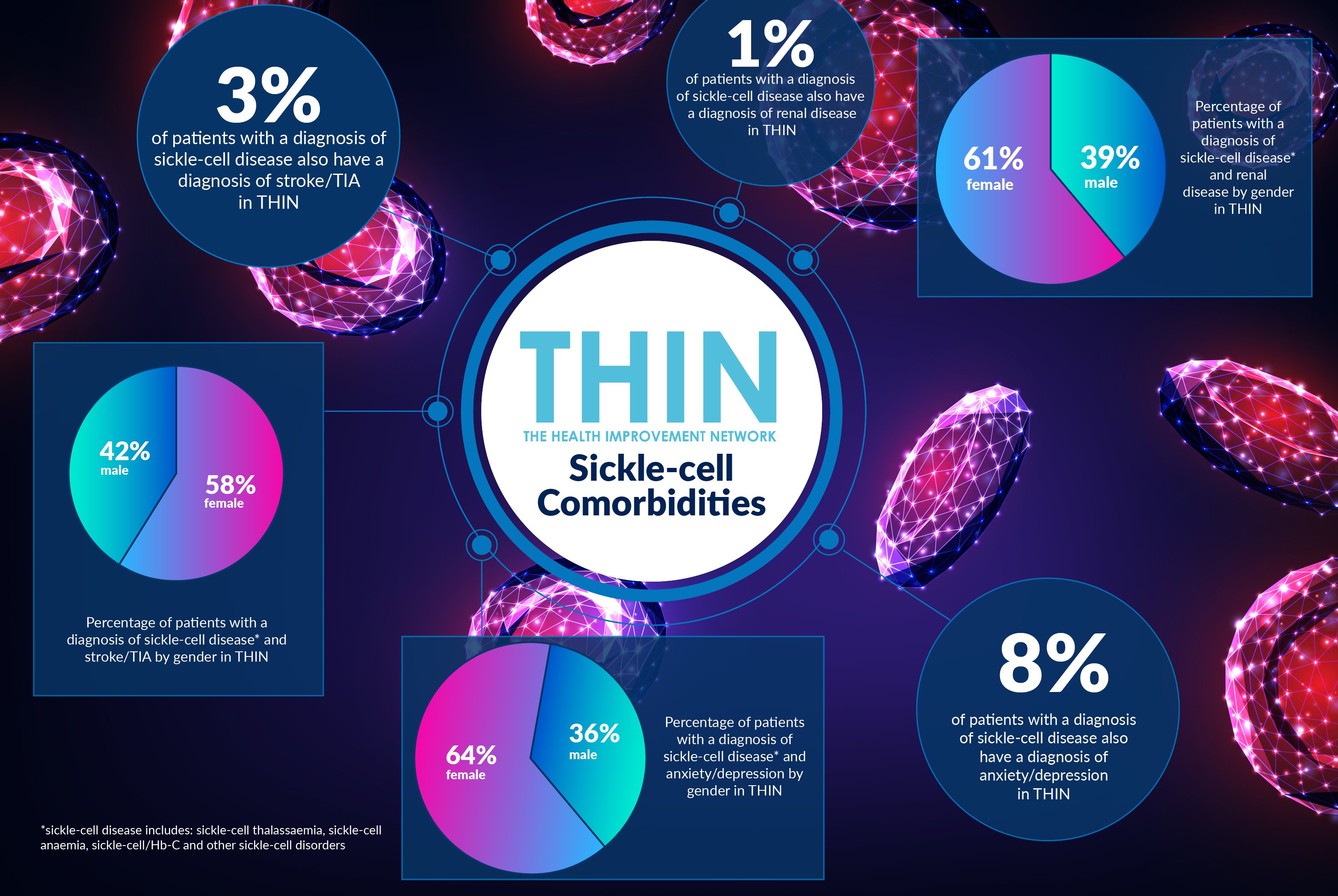
Screening Success
While, no cure has yet been found for SCD, childhood fatalities have been reduced. Since 1986, research evidence has been generated in support of the benefits of new born screening for SCD. Early diagnosis accompanied by penicillin prophylaxis, appropriate vaccinations, and parental education is effective in preventing early mortality and severe morbidity in children born with this life-threatening disease.
According to the Sickle Cell Society, this intervention has contributed to the mortality in childhood SCD falling from 10% in the 1980s to less than 1% today. The improved awareness of childhood SCD* is confirmed by analysis of THIN® data which reveals that 66% of the 2,728 patients with have a diagnosis of SCD* in THIN® received that diagnosis between the ages of 0 and 30*.
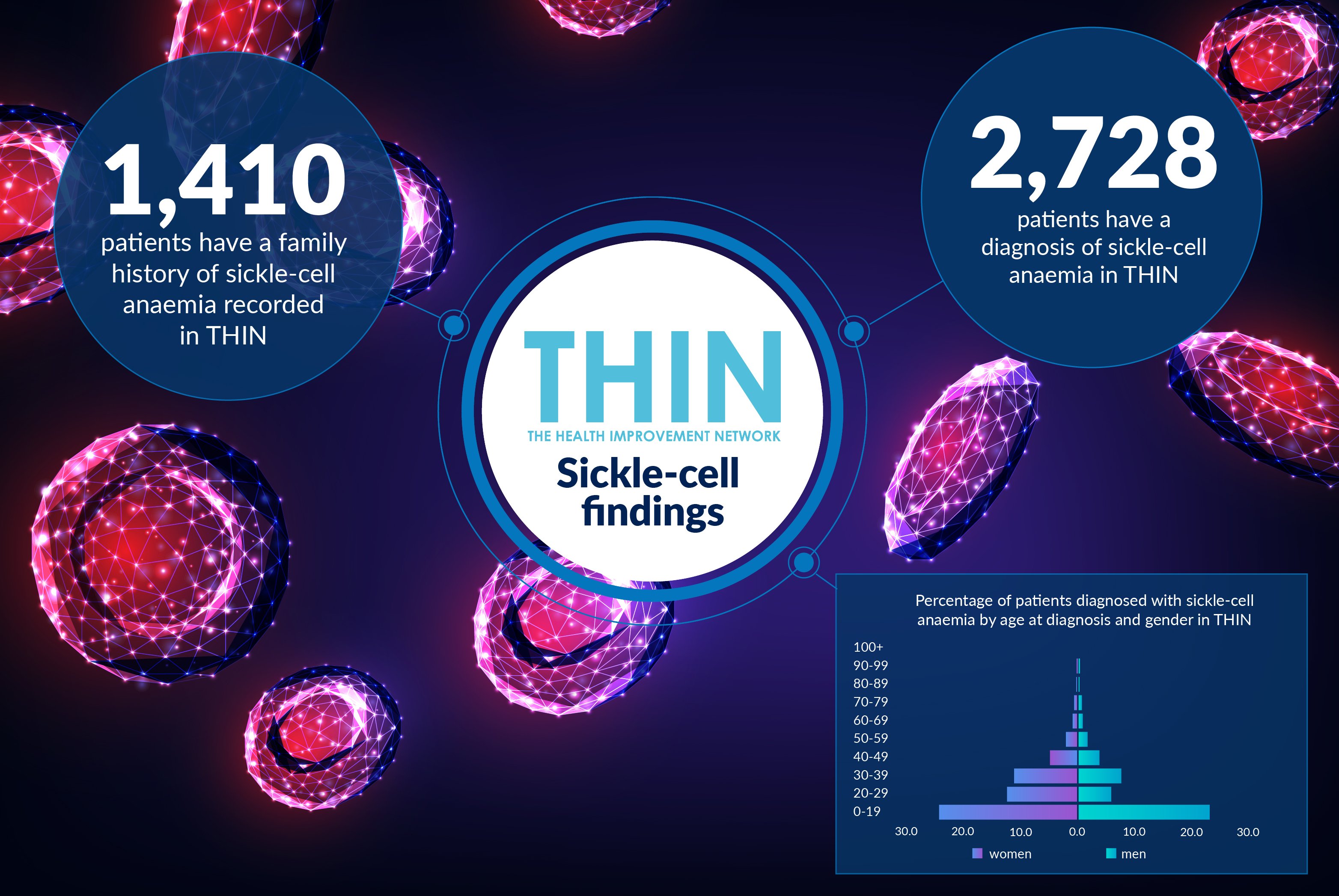
Furthermore, while those with SCD are at increased risk for stroke, the risk is highest between the ages of 2 and 16; the morbidity from stroke has reduced significantly with the introduction of routine transcranial Doppler screening from the age of two. According to the Sickle Cell Society, the adoption of the British Society of Haematology guide line to discuss with parents the early use of hydroxycarbamide and starting treatment from the age of 2 should improve quality of life further and prevent long-term complications before they develop.
Using epidemiological health data such as THIN® to monitor the outcomes for these individuals will play a key role in improving the understanding of the impact of early interventions into the long term experience of those living with SCD. Tracking both SCD crises and serious complications such as stroke and renal disease, as well as the level of depression within this patient group, should help to refine and improve day to day management.
* Sickle-cell disease includes: sickle-cell thalassaemia, sickle-cell anaemia, sickle-cell/Hb-C and other sickle-cell disorders
About THIN®
THIN® is an unobtrusive medical data collection scheme that contains anonymised longitudinal patient records for approximately 6% of the UK population. It is the key driving force behind enabling advancements in patient care and outcomes, with one of the most respected and reliable data sources for anonymised primary care records.
